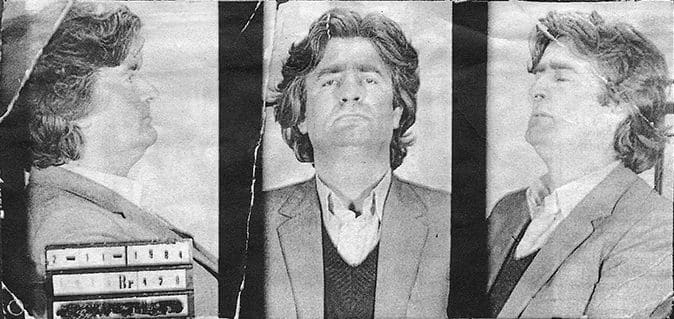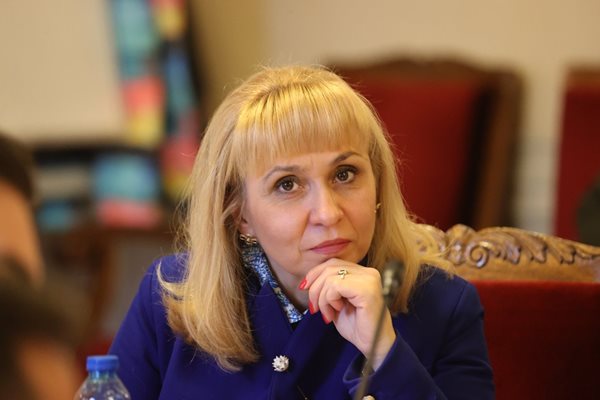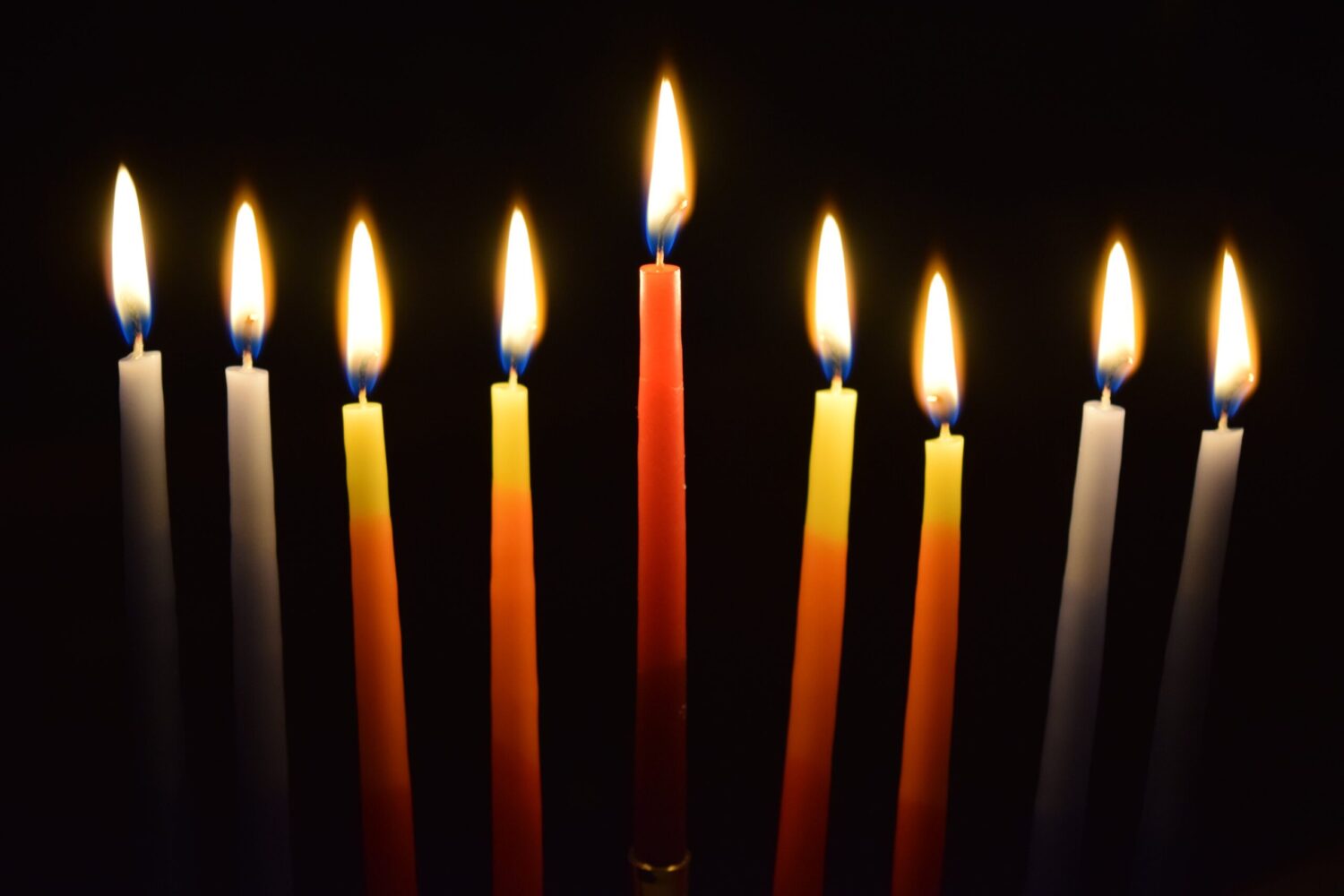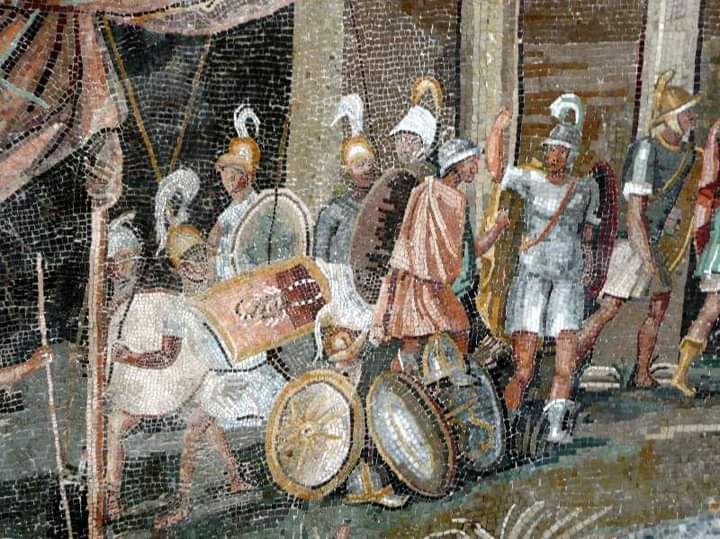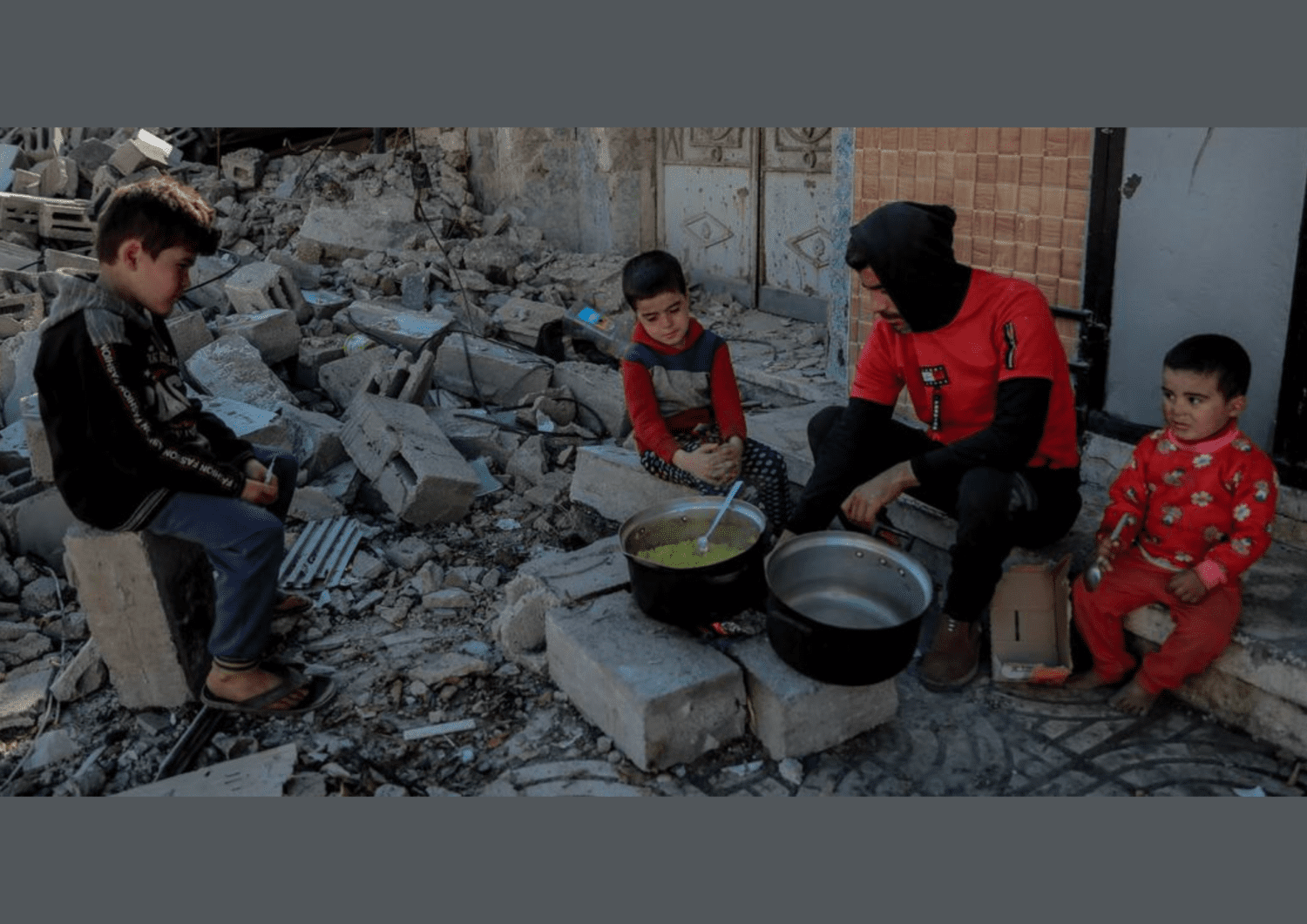In the early 90s, one of the largest war conflicts arose in Europe at that time as a result of the demolition of the extinct Yugoslavia, in what was called: The Balkan War. On May 13, 1992, a psychiatrist named Radovan Karadzic became the first president of what was called The Republic of Srpkas, until 1996. Just four years were enough for Karadzic to be known as one of the greatest murderers and genocidaires in history.
Radovan Karadzic was born on June 19, 1945 in Petnjica, a small municipality near Savnik, in the Montenegro area (Yugoslavia). His father: Vuko, former member of the radical group of the chetniks, He was arrested a few years after his birth. He managed to study, but to do so he had to go to Sarajevo, Bosnia and Herzegovina. In 1960 he managed to consolidate his studies in psychiatry and psychology, to work in a hospital in Kosovo.
In 1986 he founded the Serbian Democratic Party. If Hitler’s idea, when the extermination of the Jews and the lower classes in World War II was proposed, was to establish the hegemony of the Aryan race in the world, that of Radovan Karadzic, this ultra-orthodox nationalist was the to implement in the Balkans, with the acquiescence of Russia and Greece, the Greater Serbia. A dream that even today many oligarchs and politicians in the area, including the Orthodox patriarchs, are no strangers to.
More to achieve this, in those 90s, there was the problem of the Muslim community existing in the area of Sarajevo, and Bosnia-Herzegovina. For which a conflict was designed, initially intellectually devised by Karadzic, supported by the then president of Serbia Slobodan Milosevic. And on those dates (1992-1996) began the greatest carnage of European citizens of Muslim origin in the heart of Europe that has been experienced in the last 30 years. All European countries failed miserably, and that Muslim community at the heart of Christian Europe was considered an anachronism. Of That Atrocious Pincer, perhaps what has reached the most today is the headline: The siege of Sarajevo.

The siege of Sarajevo
The siege of Sarajevo was undoubtedly considered full-fledged ethnic cleansing, including extermination camps. Thousands of women were raped and thousands more were exterminated in the bread queues in Sarajevo, throwing grenades so that they were torn to death. The snipers mercilessly killed people who were walking on the street or dared to go out to get food, including children.
For a couple of years no one did anything, while Slobodan and Radovan continued to enjoy their power by besieging and condoning the massacre. Men, women and children were exterminated mercilessly at that time, but the massacre that Karadzic himself ordered in 1995 in Srebrenica was especially bloody, personally directing the Bosnian Serb forces and encouraging them to create an area that was unsafe even for members of the UN. In fact, when years later he was accused of war crimes, he was also accused of having ordered the kidnapping of members of the United Nations.
To achieve all this, his talk and his knowledge of human behavior and mass manipulation served to harangue his followers with his speeches and sell them that everything they were doing benefited that great objective, which was the implementation of that Great Serbia free of ethnicities that was not up to that race.

Necrophagy in besieged cities
This is how the months passed, facing the inaction of the rest of the world. Russia welcomed the extermination of Muslims, while the rest of Europe remained silent with lukewarm harangues and the US spoke of promising progress in peace plans, but when the Bosnian ambassador to the UN denounced cases of necrophagy in besieged cities , something seemed to change in political opinion about said conflict: perhaps the shame of not being doing anything for those people.
The social and human deterioration of those poor people subjected to the barbarism and unreason of the war promoted by that insane character was such that, in some areas, they ended up eating the dead, in order to feed themselves and be able to survive a few more days. hoping to see humanitarian aid arrive. But this one had serious obstacles with its own name: Slobodan Milosevic and Radovan Karadzic.
In a note issued from the headquarters of the United Nations, the Spanish agency EFE, issued the following:
“Survivors in two eastern cities of Bosnia-Herzegovina are eating the dead due to lack of food, the republic’s ambassador to the UN Mohamed Sacirbey reported on Tuesday night.
The Bosnian representative pointed out that the information was provided to him by the military chief of the Tusla region, who did not give details about how many cases of necrophagy had been registered in the towns of Zapa and Cereska.
The convoy with humanitarian aid destined for the city of Cereska has been blocked for four days on the border by Bosnian Serb forces, and ‘has not moved,’ Sacirbey added.
“Several UN agencies and mediator Cyrus Vance have asked Serbian President Slobodan Milosevic and Bosnian Serb leader Radovan Karadzic for help so that the convoy could pass through that area.”
But the convoy did not pass and like so many others it was looted by Serbian troops. Even UNHCR, the United Nations humanitarian aid agency that had been working in terrible conditions in other conflicts in different parts of the world, announced the total suspension of its operations in Bosnia. Sadako Ogata himself, representative of the UN High Commissioner for Refugees, announced in those days: …The Serbs refuse to allow our convoys access to besieged areas in eastern Bosnia, where there are 100,000 people, while the Croats make it difficult to distribute assistance in other areas.”

The end of the conflict
The war ends when the Dayton Accords are signed in Paris on December 14, 1995, where Milosevic, Izetbegobic and Tudman share the ashes and corpses after the conflict. As well as the territory.
There were nearly 200,000 murdered and more than 1,300,000 refugees and exiles, the vast majority of them Muslim. Before the conflict in that area, 90% of the population belonged to Muslim ethnic groups, after the conflict there was almost no one left.
When the UN troops arrived they found hundreds of mass graves and concentration camps whose photos show us that the state of the prisoners in no way envies the horror experienced in the Nazi extermination camps. A full-fledged horror that is barely talked about in some chronicles. Remember that about 320 United Nations soldiers also died. Between 20,000 and 40,000 Muslim women, whether adults or children, were raped by Serbian forces. This information led to mass rape being considered for the first time as a weapon of war to carry out ethnic and genocidal cleansing.
Seeing all that horror, the international criminal court decided to prosecute, among others, Radovan Karadzic in 1995 on charges of genocide, crimes against humanity, with three charges of violations of the laws of war and a long etcetera. But he managed to escape with money, but above all with the help of many passionate believers who saw in him the leader who had managed to destroy the largest Muslim bastion in Europe. Which earned him the sympathy of far-right movements in many parts of the world. Until he was arrested in 2008 in England, where he worked as a doctor and alternative medicine expert, under the pseudonym Dragan Dabic.
The psychopathic psychiatrist
His knowledge and training as a doctor and psychiatrist allowed Radovan Karadzic to create an alter ego, a character called Dragan Dabic, and to be considered in his community. He even had a website. dragandavic.comfrom which and with a good-natured appearance, with white hair and a long beard of the same tone, he earned his living as an alternative doctor, treating patients and writing articles on alternative medicine in the magazine Healthy Life, whose director Goran Kogic, upon hearing the news, said: “Everyone would have wanted to be friends with the person I met.
Without a doubt, his fanaticism played a decisive role in one of the darkest periods of his life and also, according to many, accompanied by a certain psychopathy, since he went from caring for his elders to killing or ordering the killing of thousands of people.
In March 2016, the criminal court in The Hague sentenced him to 40 years in prison, although he was later sentenced to life in prison, because he was found guilty of genocide and war crimes between 1992 and 1995. When the sentence was handed down, on the outskirts At the International Court in The Hague there were hundreds of followers who organized riots, with police forces having to act forcefully to avoid major problems.
Author’s note:
In this chronicle where I have mixed the Balkan War and the figure of a radical Serbian politician and also a psychiatrist, I did not want to miss the opportunity to observe the religious radicalism that truly underlay this conflict. Sometimes when some parliaments in the world legislate in relation to new beliefs, as may be happening at the moment in some parliaments in the world, to decide whether they are sects or not, or how to act against them to avoid regrettable actions, they are not looked at. in excess of history and what the radical confrontations between great religions cause.
It would be convenient that, when talking about the issue of sects or the beliefs of others, it is done in an open way and not from the ideological perspective that produces our own belief. The conflict that arose in the 1990s in the Balkans is above all an ethnic-religious conflict. Different from what is happening right now in the Gaza Strip, for example. Something I will analyze another time.
Bibliography.
For references to the Balkan War and Karadzic himself, I encourage readers to use Internet search engines to find all the information they consider. Likewise, look at the terrible photographs that you can find in different places about what happened in that conflict.
Originally published at LaDamadeElche.com



